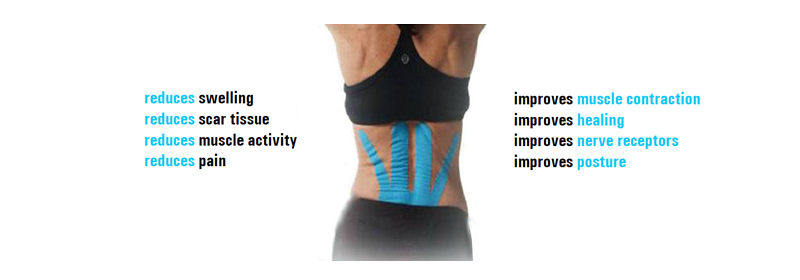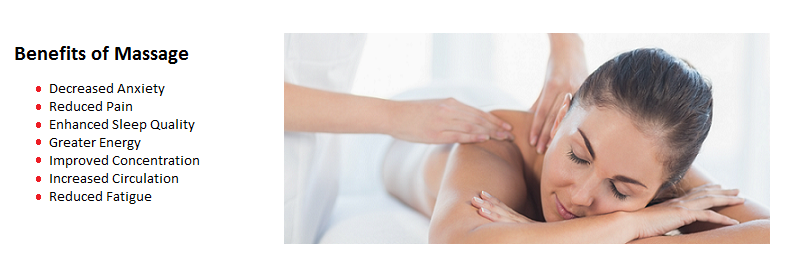WHAT TYPE OF MASSAGE
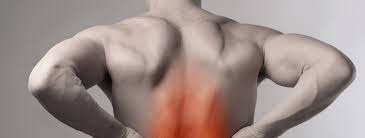 Are you confused about which type of massage you should get? Is one massage modality more appropriate for your body today than another day? Is there a difference between Therapeutic, Sports and Deep Tissue massages? Do you feel like you should be the one to decide what type of massage is right for you, but you’re confused about the differences between the various modalities? You are not alone. As a result of this confusion, Swedish massage is the most often requested massage, but, at least in my practice, is not the most often performed.
Are you confused about which type of massage you should get? Is one massage modality more appropriate for your body today than another day? Is there a difference between Therapeutic, Sports and Deep Tissue massages? Do you feel like you should be the one to decide what type of massage is right for you, but you’re confused about the differences between the various modalities? You are not alone. As a result of this confusion, Swedish massage is the most often requested massage, but, at least in my practice, is not the most often performed.
Rather than trying to describe the various types of Massage I will try to approach this issue from a different perspective, taking into account your symptoms first:
If you are so tense that your back feels like concrete
I would recommend THERAPEUTIC MASSAGE and this is the Why?
When a person is so stressed out that the muscles have become stiff and sore and probably in spasm, trying to pound the muscles into submission just doesn’t work and may hurt, because you’re adding to the tension. Relax the mind, relieve the tension, calm the nervous system and the muscles will follow. The time to address chronic patterns of tension in the muscles is after you’ve achieved a deep state of relaxation.
If you are sports active, and have specific reoccurring trouble spots
I would recommend DEEP TISSUE or SPORTS MASSAGE . Why? Because you probably have chronic patterns of tension in areas of your body. Deep tissue can release that chronic tension, while Sports Massage can retrain your muscles to reduce the likelihood of redeveloping those areas of chronic tension.
You work out religiously, but aren’t as good about stretching
I would recommend SPORTS MASSAGE Why? Sports Massage identifies and addresses problem areas before they develop into injuries, increases range of motion, increases/restores suppleness and elasticity, frees muscle adhesions. It also increases body awareness so you may add stretching to your routine.
You work at a computer all day and your shoulders, neck and your upper back are chronically sore
I would recommend THERAPEUTIC or SWEDISH MASSAGE Why? Therapeutic massage borrows from various massage modalities to correct problem areas, at the same time, you need relief from the stress of your job. Your choice of Swedish vs. Therapeutic will depend how knotted your shoulder girdle is, your overall posture, your sensitivity and various other factors. There are many, many different modalities of massage.
THE DIFFERENT TYPES OF MASSAGE USED IN THE CLINIC
DEEP TISSUE MASSAGE
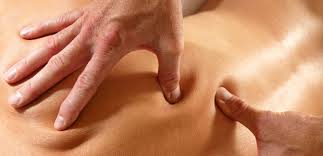 Is a massage technique that focuses on the deeper layers of muscle tissue It aims to release the chronic patterns of tension in the body through slow strokes and deep finger pressure on the contracted areas, either following or going across the fibres of the muscles, tendons and fascia, to "unstick" the fibres of a muscle while releasing deeply-held patterns of tension, removing toxins, lactic acid, waste products while relaxing and soothing the muscle. It is both corrective and therapeutic.
Is a massage technique that focuses on the deeper layers of muscle tissue It aims to release the chronic patterns of tension in the body through slow strokes and deep finger pressure on the contracted areas, either following or going across the fibres of the muscles, tendons and fascia, to "unstick" the fibres of a muscle while releasing deeply-held patterns of tension, removing toxins, lactic acid, waste products while relaxing and soothing the muscle. It is both corrective and therapeutic.
Deep tissue massage is used to release chronic muscle tension through slower strokes and more direct deep pressure or friction applied across the grain of the muscles not with the grain. Deep tissue massage helps to break up and eliminate scar tissue. Deep tissue massage usually focuses on more specific areas and may cause some soreness during or right after the massage. However, if the massage is done correctly you should feel better than ever within a day or two.
SWEDISH MASSAGE
Refers to a variety of techniques specifically designed to relax muscles by applying pressure to them against deeper muscles and bones, and rubbing in the same direction as the flow of blood returning to the heart
The main purpose of Swedish massage is to increase the oxygen flow in the blood and release toxins from the muscles. Swedish massage shortens recovery time from muscular strain by flushing the tissues of lactic acid, uric acid, and other metabolic wastes. It increases circulation without increasing heart load. It stretches the ligaments and tendons keeping them supple and pliable. Swedish Massage also stimulates the skin and nervous system and soothes the nerves themselves at the same time. It reduces stress, both emotional and physical, and is suggested in a regular program for stress management. It also has many specific medical uses.
Swedish massage feels good, is relaxing and invigorating. It affects the nerves, muscles, glands, and circulation, while promoting health and well being.
SPORTS MASSAGE
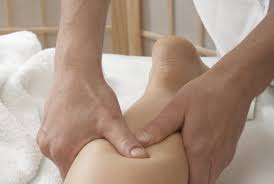 Is a special form of massage and is typically used before, during, and after athletic events. The purpose of the massage is to prepare the athlete for peak performance, to drain away fatigue, to relieve swelling, to reduce muscle tension, to promote flexibility and to prevent injuries.
Is a special form of massage and is typically used before, during, and after athletic events. The purpose of the massage is to prepare the athlete for peak performance, to drain away fatigue, to relieve swelling, to reduce muscle tension, to promote flexibility and to prevent injuries.
The main purpose of sports massage therapy is to help alleviate the stress and tension which builds up in the body’s soft tissues during physical activity. Where minor injuries and lesions occur, due to overexertion and/or overuse, massage can break them down quickly and effectively. Sports massage helps prepare the athlete for peak performance, to drain away fatigue, to relieve swelling, to reduce muscle tension, to promote flexibility and to prevent injuries. Sports massage can help prevent those niggling injuries that so often get in the way of performance and achievement, whether a person is an athlete or a once a week jogger.
Sports massage has many benefits. In addition to FEELING GOOD, it reduces the heart rate and blood pressure, increases blood circulation and lymph flow, reduces muscle tension, improves flexibility, and relieves pain. Sports Massage can also include maintenance techniques that promote greater athletic endurance and performance, lessen chances of injury and reduce recovery time.
THERAPEUTIC MASSAGE
Is a sort of blanket term—all massage is therapeutic; however, this term generally refers more specifically to a form of massage that borrows techniques from other modalities to accomplish its therapeutic goal. Very often, the practitioner will borrow from Swedish, Deep Tissue, Sports, and even incorporate the use of energy work to correct bio structural imbalances.

